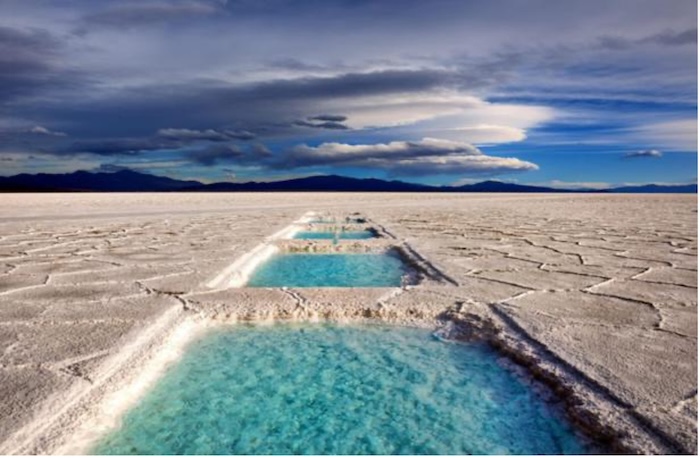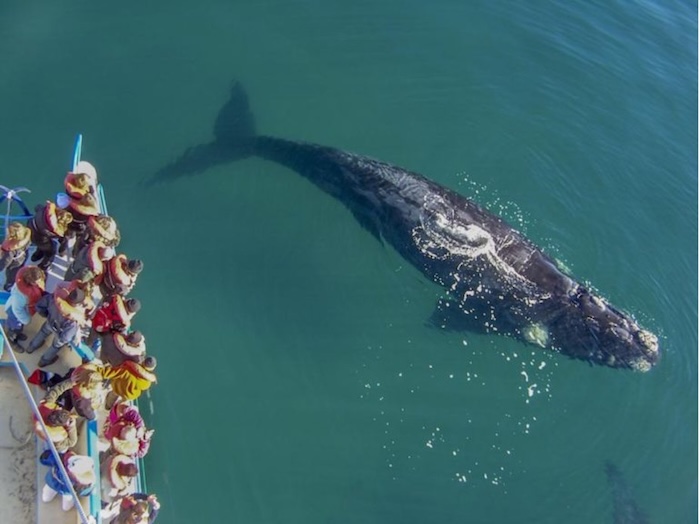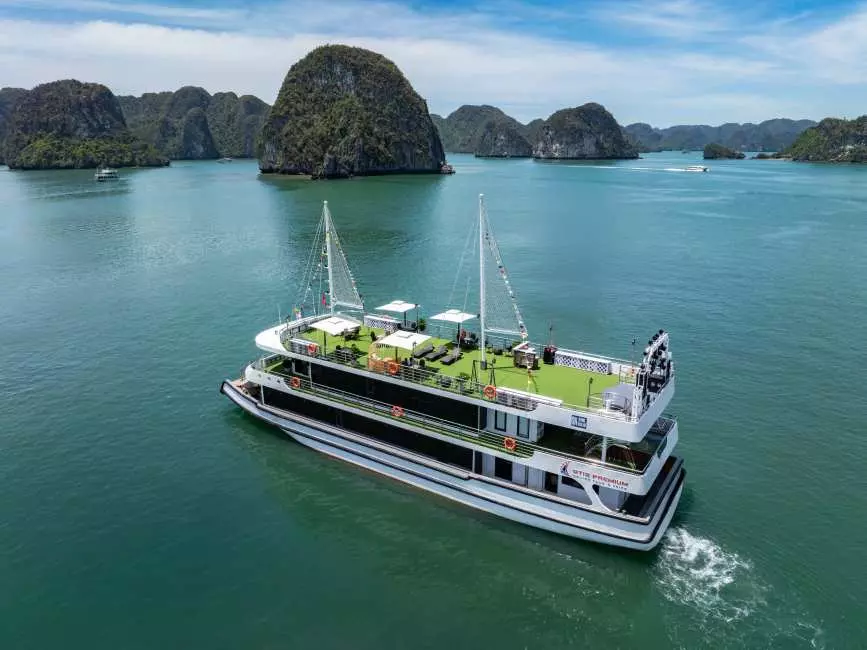Argentina is well-known for Tango dance and music, along with its vast Patagonian expanses. The plains (pampas) and mountains bring to mind world-class hiking and trekking, as well as Mendoza and its wine tours, not far from the continent’s highest peak – Aconcagua. And who can forget Argentina’s Glacier National Park, just outside El Calafate, and its crown jewel – the Perito Moreno Glacier. Finally, incomparable Iguazu Falls is even worth a diversion from a faraway South America cruise, flying from Buenos Aires. While these should indeed be towards the top of everyone’s bucket list, if we dig deeper, we can discover some of the country’s hidden gems.
Salta, Cafayate and Jujuy
Boasting the highest vineyards in the world, Cafayate has gained fame in winemaking circles for the lesser-known Torrontes grape. Try it alongside one of the region’s local specialties – empanadas. The small city of Salta surprises with a museum containing a very special archaeological finding – the most well-preserved remains of an Inca child the world has seen, discovered high in the nearby Andes. Salta is also the gateway to some spectacular landscapes, some of which can be compared to the American South West. If you are considering exploring this alternative path, put these highlights on your list: Jujuy, Purmamarca and its Salt Flats, Seven Colors Hill and Humahuaca Gorge, a UNESCO World Heritage entry.

Puerto Madryn & Peninsula Valdes – Marine Wildlife Patagonia
While Salta and its surroundings can be visited year-round, the Atlantic Coast of Patagonia is best visited from October to April – during the austral spring, summer and autumn. This is best place in the country for special sightings of diverse marine wildlife – from Magellinic Penguins at Punta Tumbo, to Elephant Seals, to Southern Right Whales around the Valdes peninsula. Hike along its magnificent coast, where you can also see land mammals, such as guanacos, or take a boat tour, for a better chance to see the sea giants and much more.

Ibera Wetlands – Argentine Pantanal
Ibera – means “bright water” in the local indigenous language, Guarani. Its wetlands, now a National Park, are one of the largest in the world, second only to the neighboring Pantanal in Brazil. Covering over 3 million acres, it is over twice the size of Florida’s massive Everglades! Many consider these natural areas better for wildlife viewing than the denser Amazon forests in the north of the continent. In these marshes you can discover caimans, capybaras, deer, howler monkeys, giant otters, anacondas, over 350 species of birds, and if you’re lucky, jaguars.


